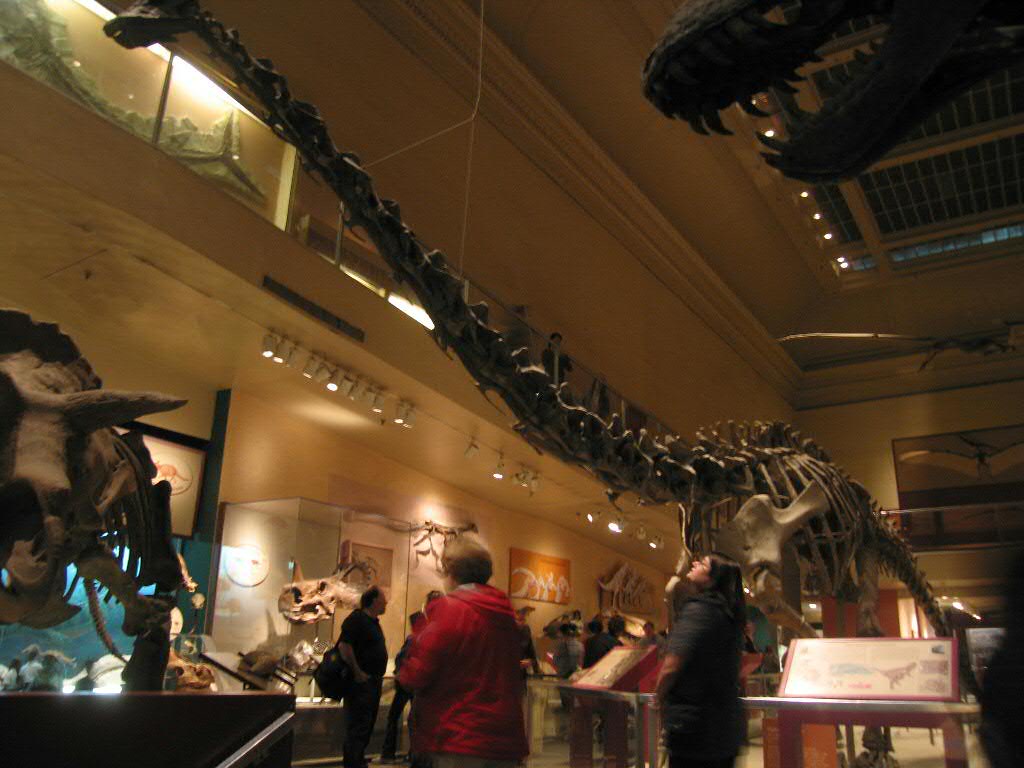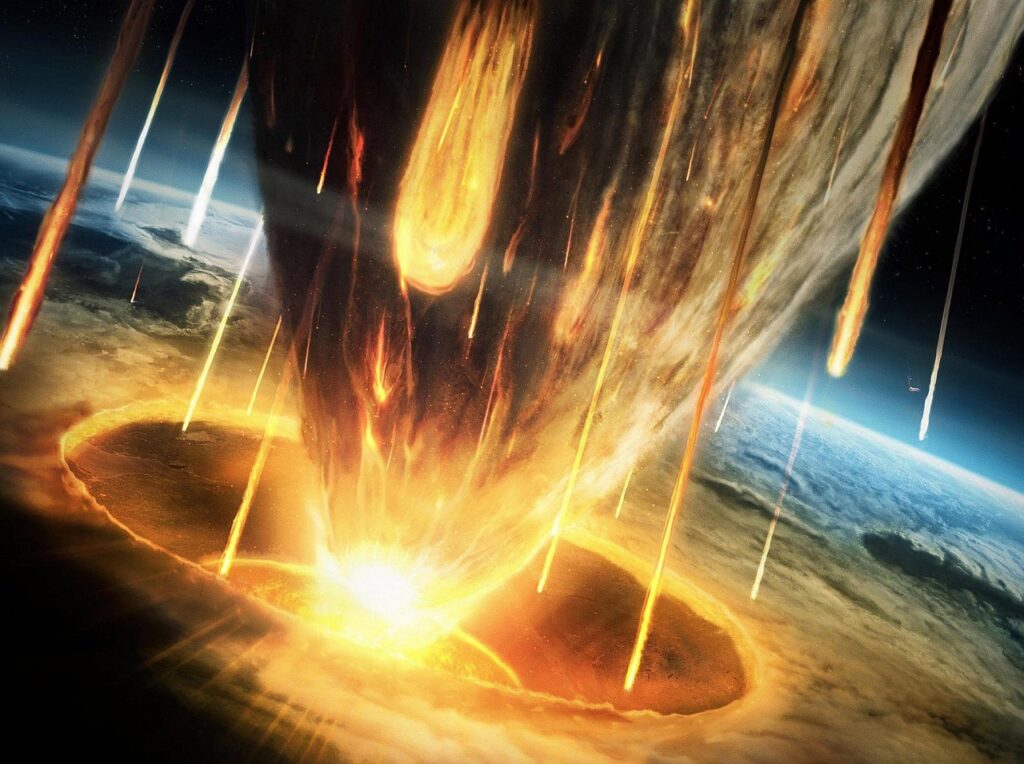For over a century, one of the most beloved dinosaurs vanished from scientific textbooks, relegated to the realm of childhood nostalgia and museum gift shops. The long-necked giant that captured imaginations worldwide was declared a case of mistaken identity—a duplicate that never truly existed. Yet in 2015, paleontologists shocked the scientific community by announcing that Brontosaurus deserved its place in the fossil record once again. This resurrection sparked fierce debates that continue to divide experts today, raising fundamental questions about how we classify ancient life and whether popular culture should influence scientific decisions.
The Birth of a Giant That Never Was
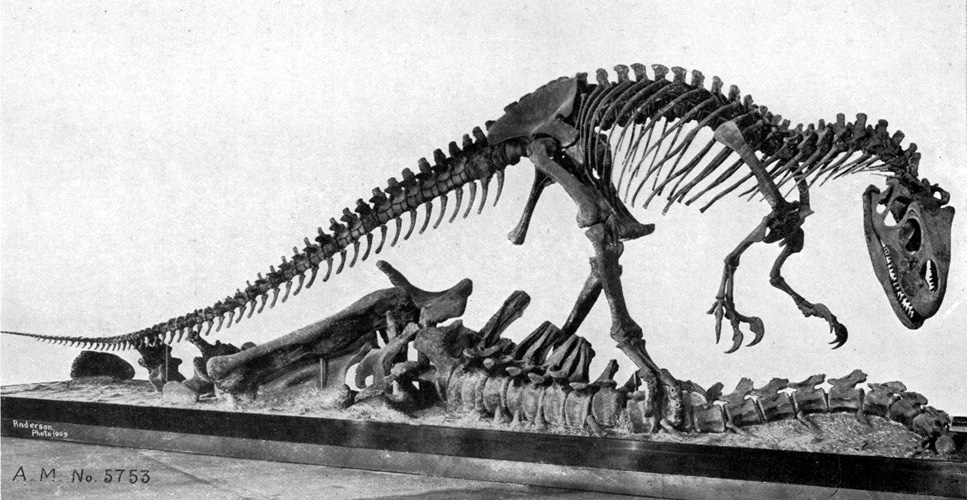
The story begins in the late 1800s during America’s notorious “Bone Wars,” when rival paleontologists Othniel Charles Marsh and Edward Drinker Cope raced to discover and name as many dinosaur species as possible. In 1877, Marsh described Apatosaurus ajax based on a partial skeleton found in Colorado. Two years later, he discovered a more complete specimen in Wyoming and, believing it represented a different species, named it Brontosaurus excelsus—meaning “thunder lizard.”
The hasty naming reflected the competitive atmosphere of the era, where scientific rigor sometimes took a backseat to the rush for recognition. Marsh’s team was under pressure to classify discoveries quickly, often working with incomplete specimens. The Brontosaurus name captured public imagination immediately, becoming synonymous with the concept of dinosaurs themselves.
When Science Admits Its Mistakes
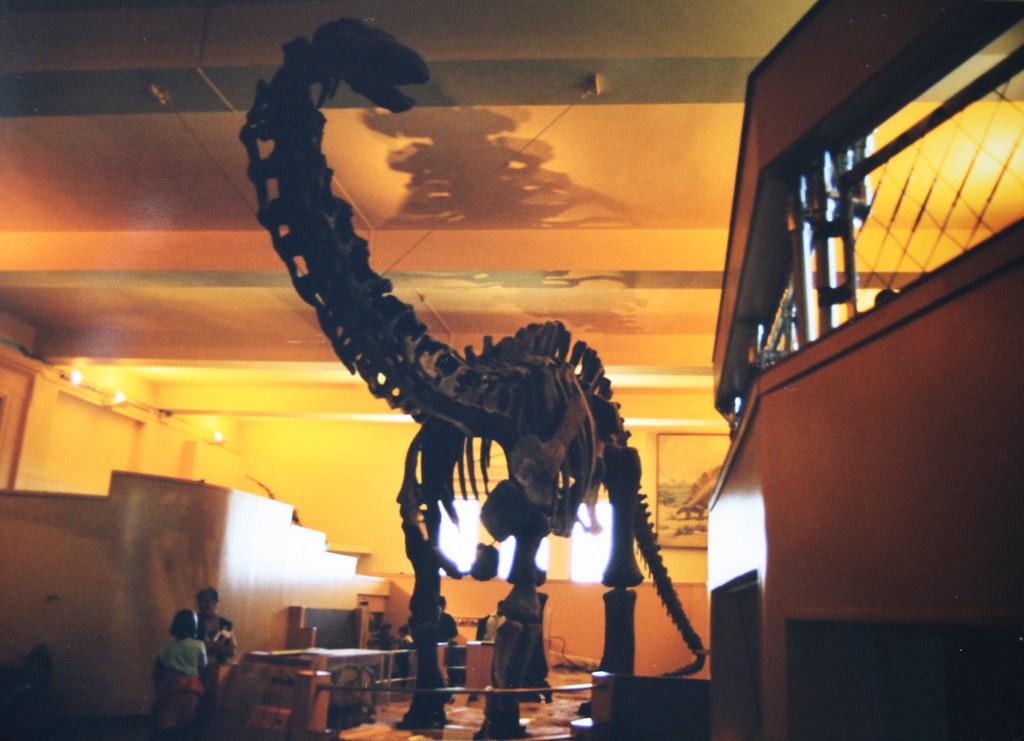
By 1903, paleontologist Elmer Riggs had carefully examined both specimens and reached a startling conclusion: Brontosaurus and Apatosaurus were the same genus. According to scientific naming rules, the first name takes precedence, meaning Apatosaurus would be the correct designation. This revelation sent shockwaves through both scientific and popular communities.
The decision seemed final, backed by detailed anatomical comparisons. Museums worldwide began changing their labels, and textbooks were rewritten to reflect the new understanding. However, the damage to public perception was already done—Brontosaurus had become too deeply embedded in popular culture to simply disappear.
A Century of Confusion and Frustration
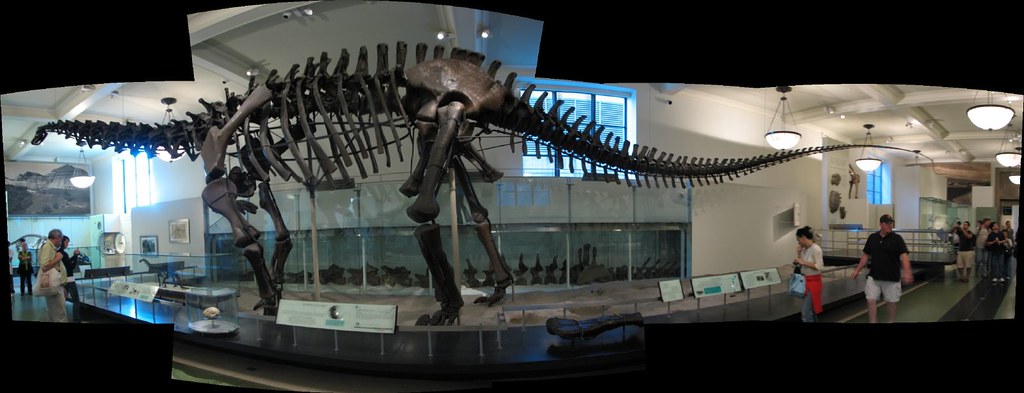
For decades, educators and scientists faced an uphill battle trying to convince the public that their beloved Brontosaurus was scientifically invalid. Children’s books, movies, and toys continued featuring the “thunder lizard,” creating a persistent gap between popular understanding and scientific consensus. Museums found themselves constantly explaining why their displays used Apatosaurus instead of the more familiar name.
This disconnect highlighted a broader issue in paleontology: the challenge of communicating complex scientific revisions to the general public. Many people felt betrayed or confused when told that a dinosaur they had known since childhood was essentially a naming error. The situation became a textbook example of how scientific accuracy can clash with cultural attachment.
The Technology That Changed Everything
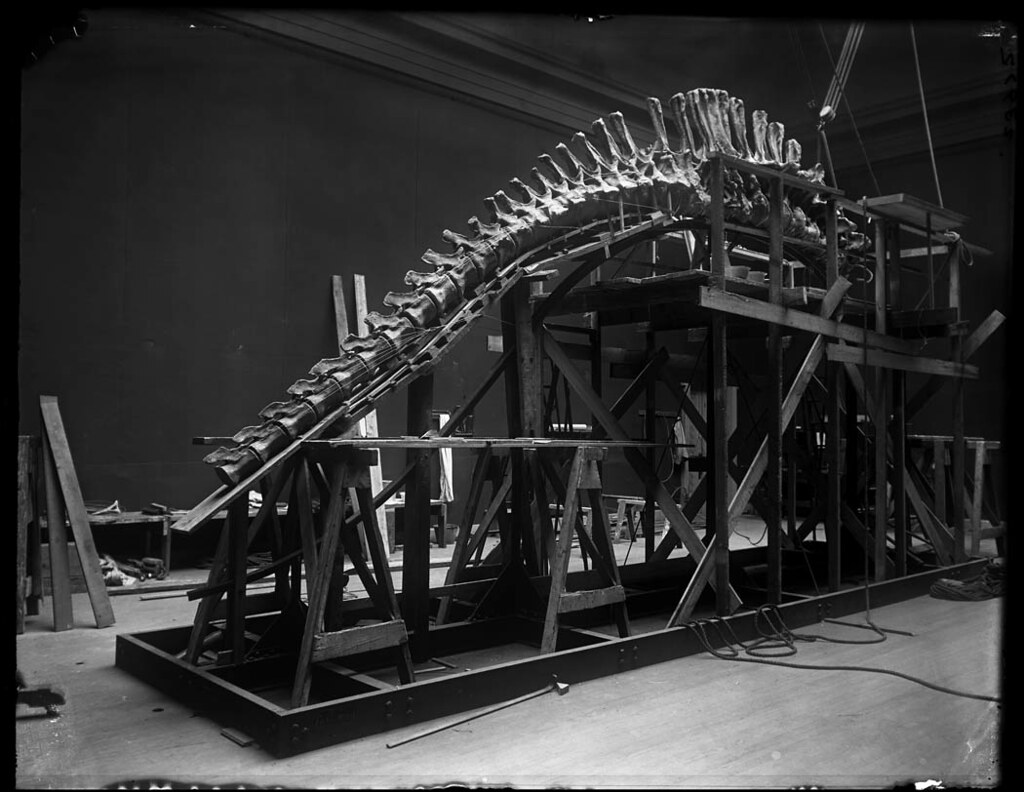
Modern computing power and advanced statistical analysis methods revolutionized paleontology in the 21st century. These tools allowed scientists to examine fossil specimens with unprecedented precision, measuring subtle differences that earlier researchers might have missed. Digital reconstruction techniques could compare bone structures across multiple specimens simultaneously, revealing patterns invisible to the naked eye.
The development of phylogenetic analysis software enabled researchers to construct detailed evolutionary trees based on hundreds of anatomical features. This mathematical approach to classification promised to resolve long-standing debates about dinosaur relationships. The stage was set for a dramatic reassessment of sauropod diversity.
The Research That Shocked the World
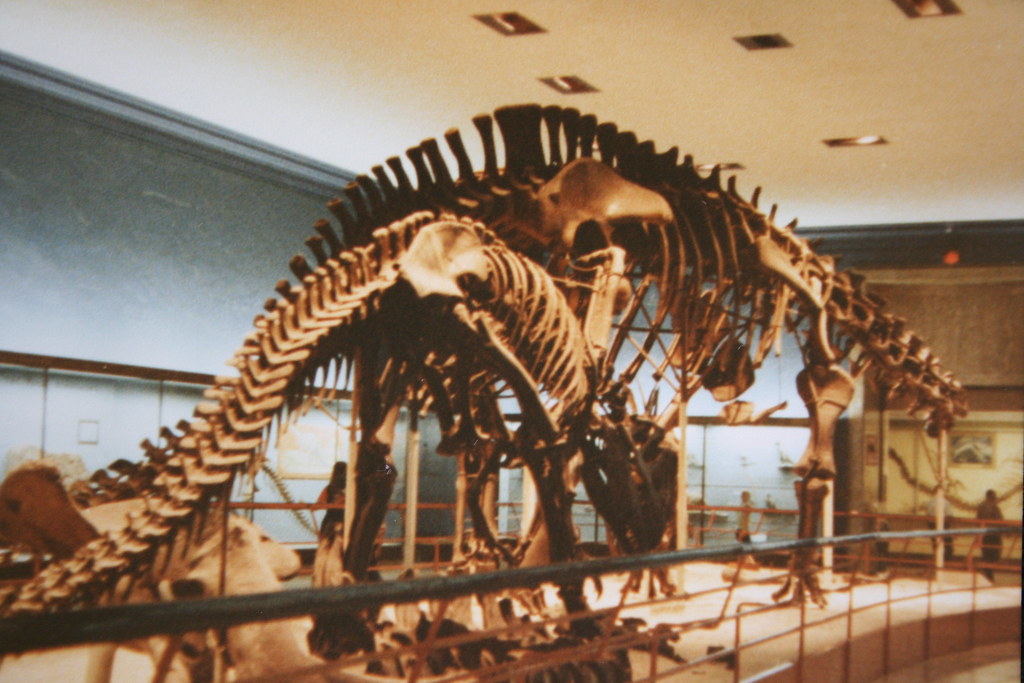
In 2015, a team led by Emanuel Tschopp published a comprehensive study in the journal PeerJ that sent tremors through the paleontological community. Using advanced statistical methods, they analyzed 477 anatomical features across 81 sauropod specimens. Their conclusion was revolutionary: Brontosaurus was indeed distinct enough from Apatosaurus to warrant its genus designation.
The research identified key differences in skull shape, vertebral structure, and limb proportions that previous studies had overlooked or dismissed. These distinctions, while subtle, were statistically significant and consistent across multiple specimens. The team argued that these differences represented genuine evolutionary divergence rather than individual variation.
The Anatomy of Distinction
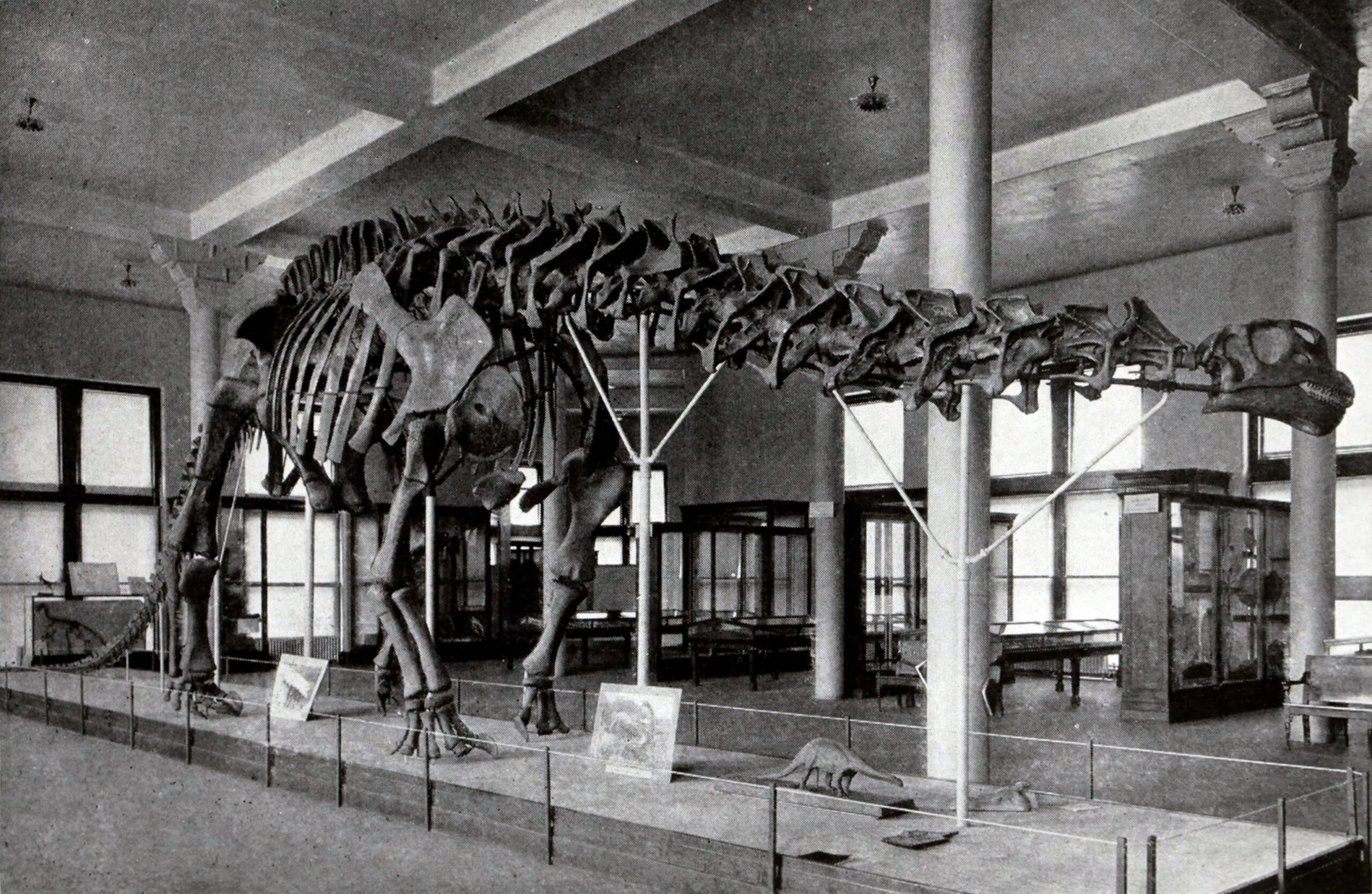
The anatomical differences between Brontosaurus and Apatosaurus, while not immediately obvious to casual observers, tell a compelling story of evolutionary adaptation. Brontosaurus specimens show a more robust build with proportionally wider and taller vertebrae, suggesting different feeding strategies or environmental pressures. The skull of Brontosaurus appears more elongated and gracile compared to the broader, more robust skull of Apatosaurus.
These variations might seem minor, but they represent millions of years of evolutionary refinement. In the dinosaur world, such differences often indicate distinct ecological niches or geographic isolation. The researchers argued that dismissing these variations as individual differences would be like claiming that lions and tigers are the same species simply because they share many common features.
The Scientific Community’s Mixed Reaction

The 2015 study ignited passionate debates within paleontological circles, with experts divided along both methodological and philosophical lines. Supporters praised the rigorous statistical approach and comprehensive dataset, arguing that modern techniques had finally resolved a century-old question. They contended that the study represented the gold standard for taxonomic revision in the digital age.
Critics, however, questioned whether the observed differences were truly significant enough to justify separate genera. Some argued that the statistical methods, while sophisticated, might be creating artificial distinctions where none exist biologically. The debate highlighted fundamental questions about how much variation should be tolerated within a single genus and whether mathematical precision always translates to biological reality.
The Philosophy of Naming Ancient Life
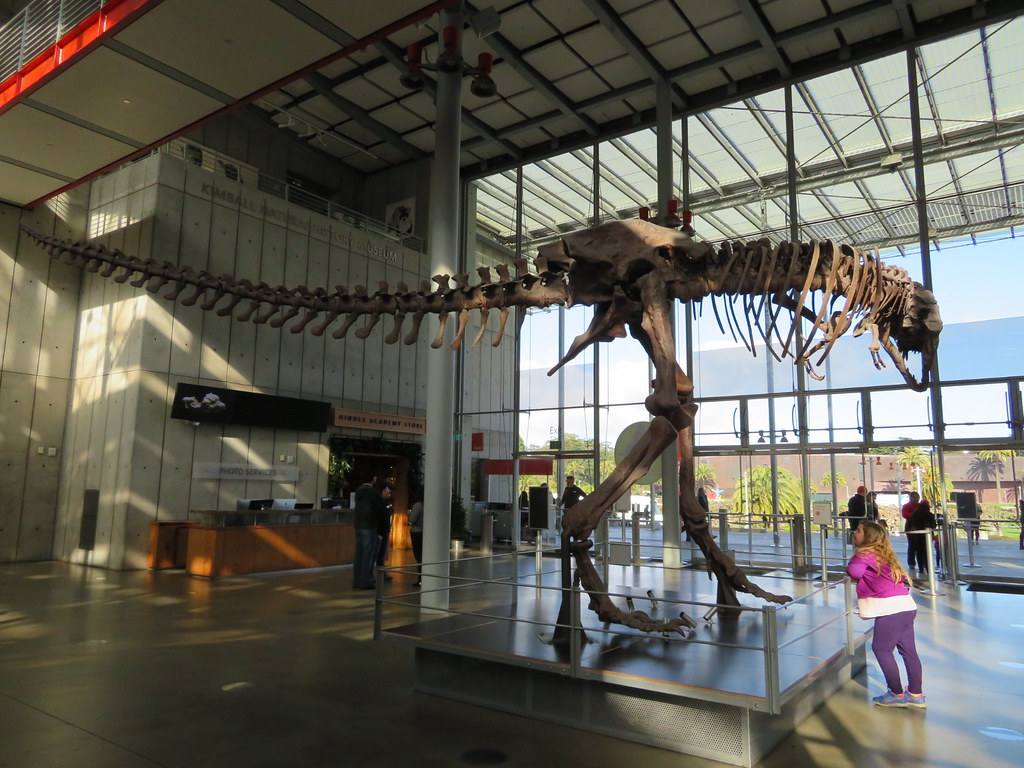
The Brontosaurus controversy extends beyond simple anatomical measurements to touch on deeper questions about how we organize and understand the natural world. Taxonomic classification serves as humanity’s attempt to impose order on the chaos of evolutionary history, but that order is inherently artificial. The lines we draw between species and genera are human constructs that may not reflect the fluid nature of evolutionary processes.
This philosophical dimension becomes particularly complex when dealing with extinct organisms known only from fragmentary remains. Unlike living species, where we can observe behavior, genetics, and reproduction, dinosaur classification relies entirely on preserved hard parts. The question becomes: how confident can we be in our categories when working with such limited evidence?
Popular Culture’s Powerful Influence
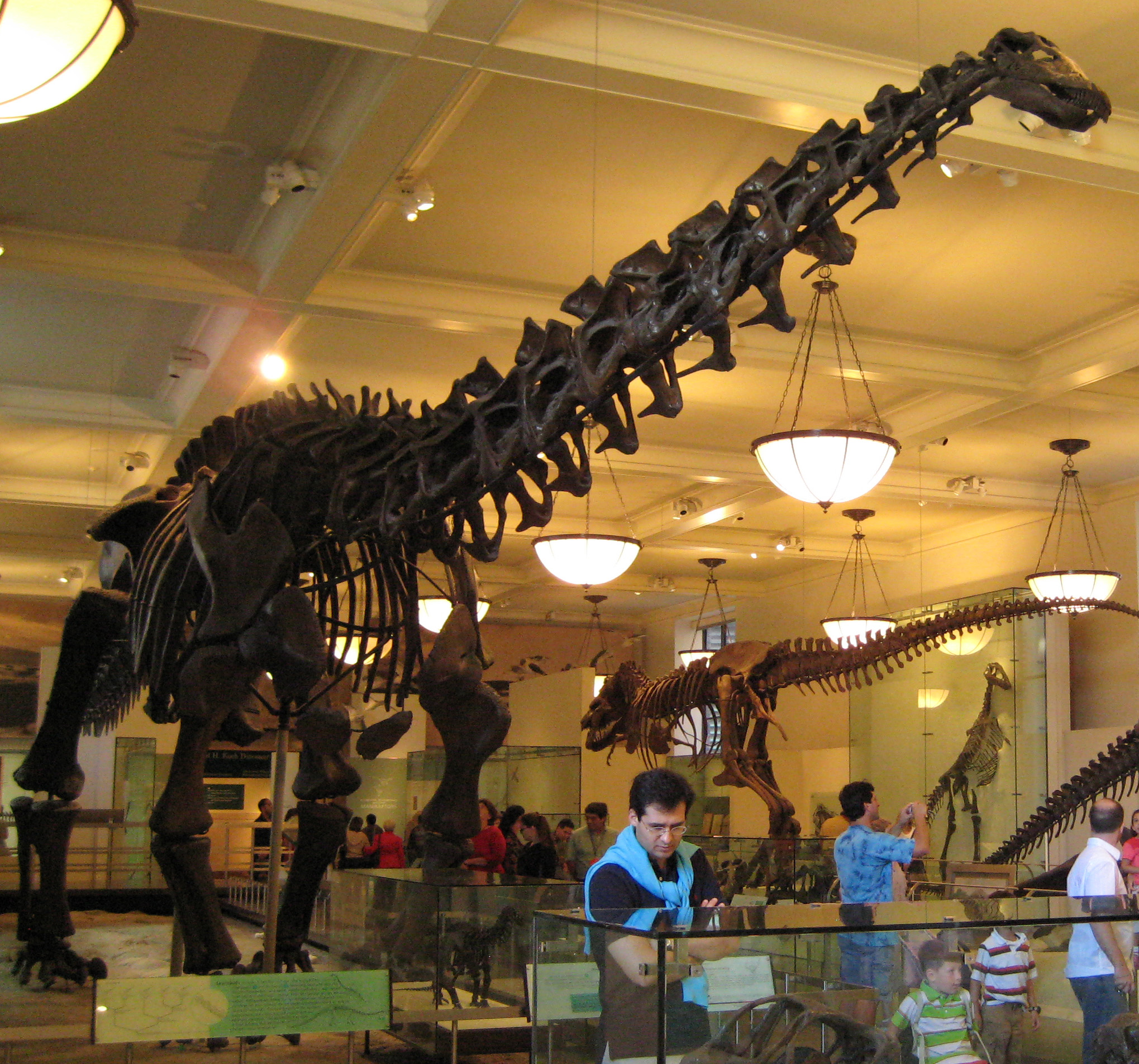
The enduring popularity of the Brontosaurus name raises uncomfortable questions about the relationship between scientific accuracy and public engagement. Some critics argue that the 2015 revival was motivated more by nostalgia than by genuine scientific discovery. They point to the timing of the announcement, which generated massive media coverage and public enthusiasm, as evidence of cultural bias influencing scientific decisions.
Supporters counter that public interest in dinosaurs ultimately benefits scientific research through increased funding and educational opportunities. They argue that reviving Brontosaurus if scientifically justified, helps bridge the gap between academic research and popular understanding. The debate reflects broader tensions in science communication about whether researchers should consider public sentiment when making taxonomic decisions.
The Economics of Dinosaur Names
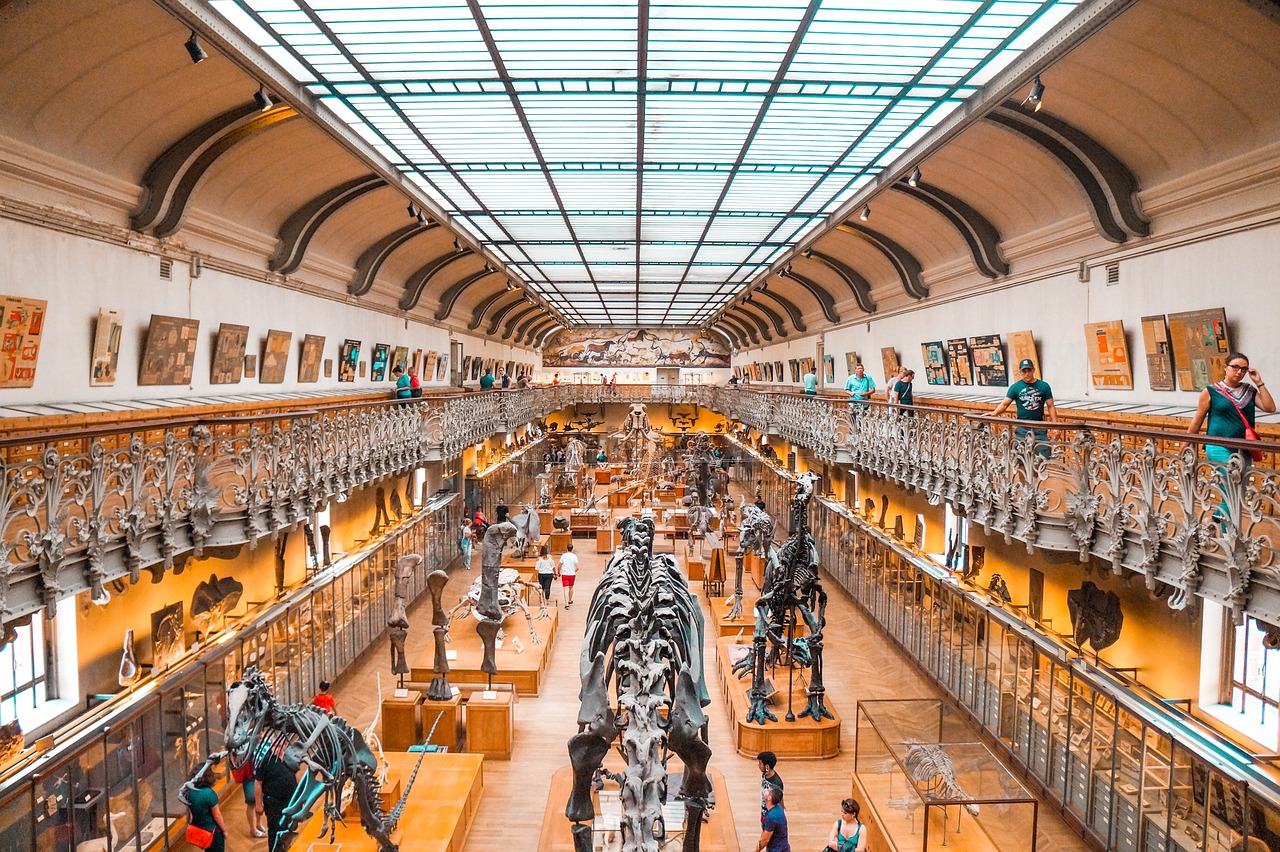
Behind the scientific debates lie significant economic considerations that rarely receive public attention. Museums, publishers, and toy manufacturers have invested millions of dollars in dinosaur-related products and displays. The Brontosaurus name change, and its subsequent revival, created substantial costs for institutions forced to update exhibits and educational materials multiple times.
The commercial dinosaur industry, worth billions globally, depends on recognizable names and stable classifications. When scientists revise dinosaur taxonomy, the ripple effects extend far beyond academic journals to impact tourism, education, and entertainment industries. This economic reality adds another layer of complexity to seemingly pure scientific decisions.
Modern Methods Meet Ancient Mysteries
Today’s paleontologists have access to tools that would have seemed like science fiction to 19th-century bone hunters. CT scanners can reveal internal bone structures without damaging precious specimens, while 3D printing allows for detailed comparisons between fossils housed in different institutions. Genetic analysis techniques, while not applicable to dinosaur bones, inform our understanding of evolutionary relationships among living relatives.
These technological advances promise to resolve many outstanding questions about dinosaur diversity and relationships. However, they also raise new questions about the reliability of classifications based on older, less sophisticated methods. The Brontosaurus case study demonstrates both the power and limitations of applying modern analytical techniques to historical paleontological questions.
The Global Perspective on Dinosaur Classification
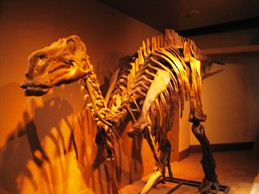
The Brontosaurus debate highlights how paleontology remains dominated by Western, particularly American, perspectives and specimens. Most of the key fossils in the controversy come from the American West, reflecting historical collection biases and research priorities. Recent discoveries in Argentina, China, and other regions have revealed incredible sauropod diversity that challenges traditional North American-centric classifications.
This global expansion of dinosaur research suggests that the Brontosaurus question may be just the tip of the iceberg. As paleontologists examine sauropod diversity worldwide, they may discover that current genus definitions are either too broad or too narrow to capture the true extent of these giants’ evolutionary success. The debate over one iconic dinosaur could reshape our understanding of an entire group.
What the Future Holds
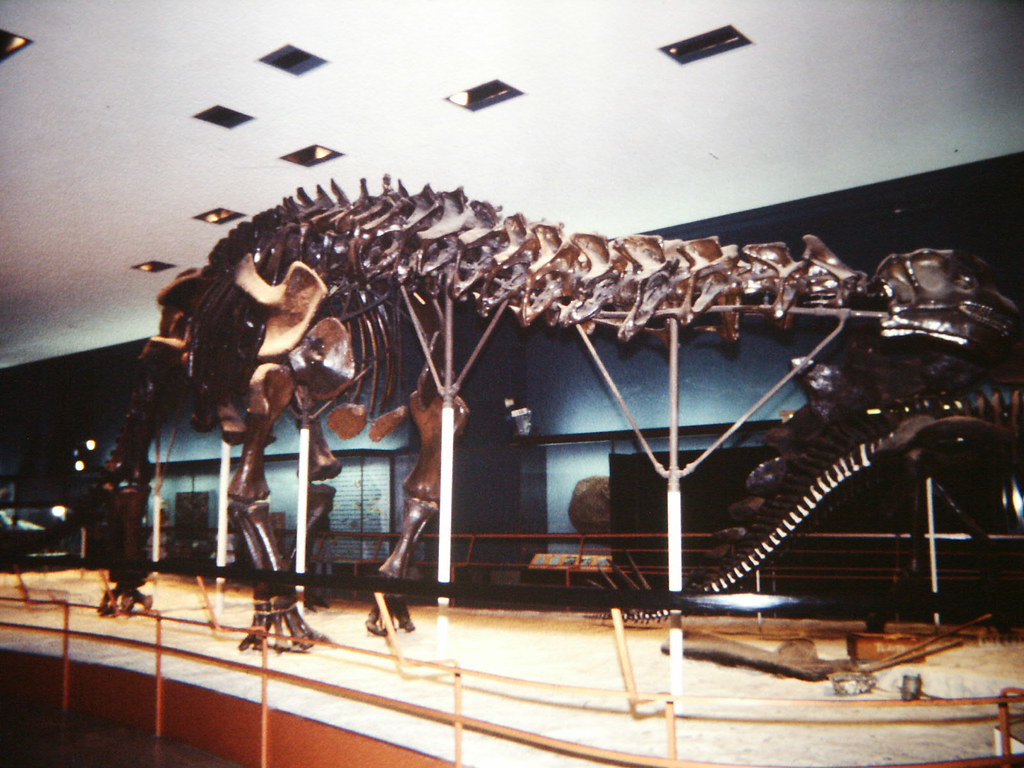
The Brontosaurus controversy shows no signs of reaching a definitive resolution, and that may be perfectly acceptable. Science thrives on debate and continuous refinement of understanding rather than absolute certainty. As new specimens are discovered and analytical methods improve, our classification of these ancient giants will likely continue evolving.
Future research may vindicate either side of the current debate or reveal entirely new perspectives that make the current arguments obsolete. The important outcome is not necessarily a final answer but rather the process of rigorous inquiry that drives scientific progress. Young paleontologists entering the field today will likely face similar challenges as they grapple with discoveries and evolving methodologies.
The Lasting Impact on Science Education
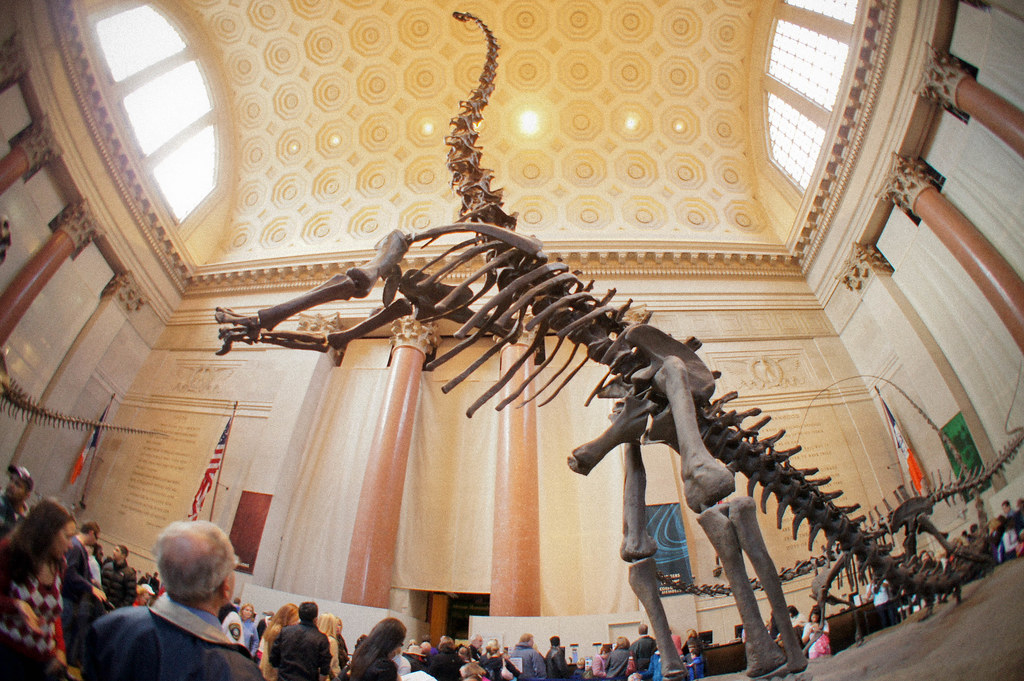
Perhaps the most significant legacy of the Brontosaurus debate lies in its educational value. The controversy provides a perfect case study for teaching students about the nature of scientific inquiry, the importance of evidence-based reasoning, and the dynamic nature of scientific knowledge. It demonstrates that science is not a collection of fixed facts but an ongoing process of discovery and revision.
Teachers can use this example to help students understand why scientific conclusions sometimes change and why such changes represent strengths rather than weaknesses in the scientific method. The story also illustrates the importance of healthy skepticism and the need for multiple lines of evidence when making significant claims about the natural world.

